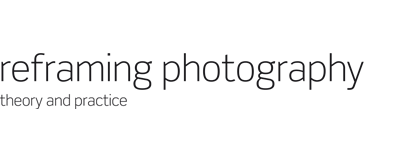Noel Myles
NOEL MYLES’S WEBSITE
NOEL MYLES, BETWEEN PHOTOGRAPHY EXHIBITION AT MINORIES GALLERY, 2013
http://www.youtube.com/watch?v=s0XVBoywgWQ
NOEL MYLES, EARTH, SAINSBURY CENTRE FOR VISUAL ARTS, 2013
http://www.youtube.com/watch?v=7Gwa4TwBIf4
NOEL MYLES, AT LUMAS
http://www.lumas.com/artist/noel_myles/
NOEL MYLES, ARTIST IN RESIDENCE AT ITN
https://www.youtube.com/watch?v=lDwPiAzWIdo&t=169s
NOEL MYLES, PHOTOGRAPHS
I wanted to give my photographs physical presence. I felt the need to counterbalance the depicted illusion within the image and give the entire photograph object status.
One immediate way was to tear the photograph in half and then reconnect it. Even if it showed a vast landscape, the tear would show clearly taht this was a piece of paper measuring a few inches in each direction. The tear would go through the border. The border was part of the photograph as object. I carried this further by making the mount card and frame an active part of the object too, making it a whole and complete entity.
Staples, cellotape, eyelets, cup stains, censorship stamps, and finger prints add to this attribute. Pixelation brings the image to the paper surface.
In many cases, the photographs are re-scanned and printed during the composition process and then re-worked. Physical tears can be partly integrated with printed tears in a 'lower' level. Some cup stains are 'within' the photograph and others are finally made with paint or ink onto the 'top' surface.
I felt these separate layers of time were important: giving the photograph its own history. I liked the notion that you become aware that these photographs have been looked at by someone before you and also that a decision has been made as to how much of it you may be allowed to see. Some areas have been blacked out. In about half the cases, you can see the very first file before it was interfered with.
The pairs are not necessarily sequential. There's not a strict before and after version. There is an internal formal logic that dictates placement within the overall composition. Pairing requires left to right reading, keeping the eye scanning the surface to partially resist reading into the image. Maintaining a tension between the anecdote and the physical presence of the photograph.
These photographs reflect the awareness of an all-pervading sense of deceit that abounds within our society along with its close cousin, censorship.
 Noel Myles, Inspection
Noel Myles, Inspection
 Noel Myles, Deception
Noel Myles, Deception

Noel Myles, Infringement
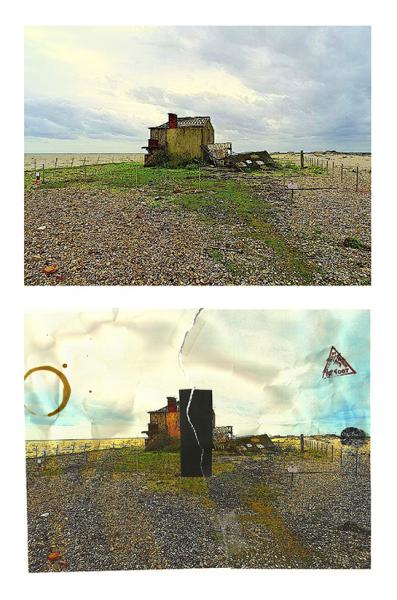
Noel Myles, Further Consideration

Noel Myles, Lost at Sea
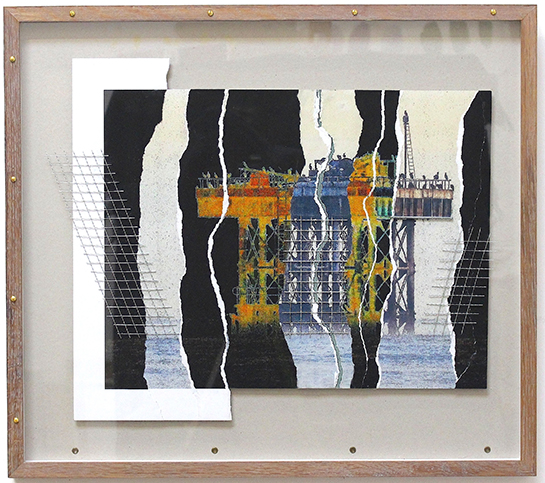 Noel Myles, Were That It Wasn't
Noel Myles, Were That It Wasn't
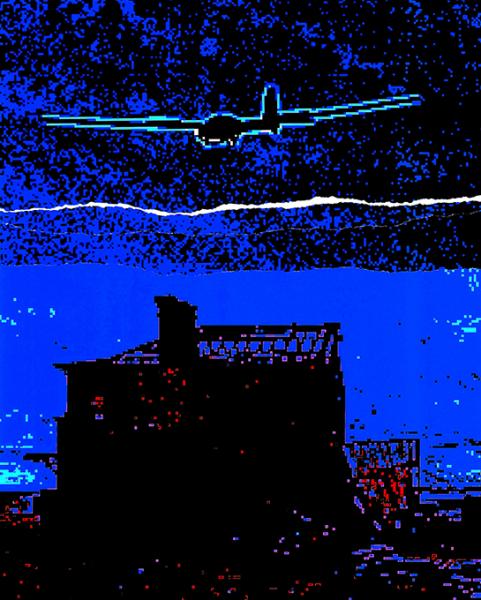
Noel Myles, Watchful
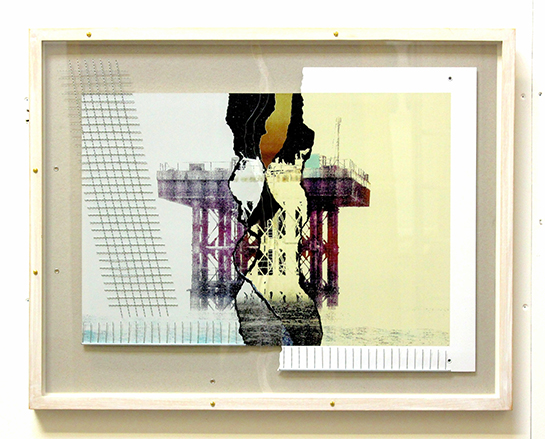 Noel Myles, It Happened Last Tuesday
Noel Myles, It Happened Last Tuesday
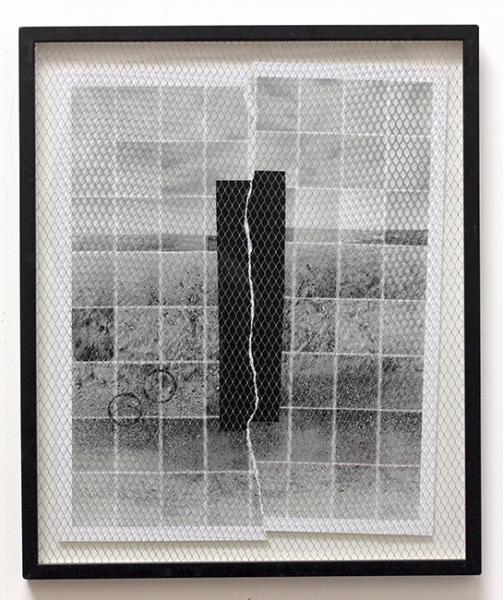
Noel Myles, Redacted
NOEL MYLES, STILL FILMS
The challenge I faced with photography was that the instantaneous static viewpoint, provided by the camera’s lens and shutter, didn’t represent the continuous flow of the act of looking. It seemed as if the still photograph had been held back to the level of the dictionary; the single word. It was the visual equivalent of overlooking the potential to link words to convey ideas and meaning. I couldn’t accept the notion of an isolated, decisive moment being capable of encapsulating our experience of life.
I photograph whatever catches my eye; accumulating this material over hours, days or weeks. Several visits might be made to the same location. I think of these frames as the components of the photograph, not photographs themselves. The creative part of the process takes place in the studio, away from the camera. I look for formal qualities of line, tone, texture and colour, as well as subject matter, to link the individual units. The composition evolves by adding and removing; searching for harmonious connections. I have worked with both negatives and prints. The negatives were exposed onto a single sheet of platinum and palladium paper. Recently, I have added colour contact prints to earlier palladium photographs; in some cases photographing the same tree a decade later.
It seems to me that photographers have largely adhered to the pictorial conventions that prevailed at the time when photographs were first made permanent. I am surprised that when painters broke away from following renaissance laws of perspective at the end of the 19th century, photographers didn’t go with them. It makes no sense to say photography liberated painters to explore new modes of depiction. It is worth noting the first exhibition of Cezanne’s watercolours in America, was held in Stieglitz’s own gallery, ’291’ in 1911 but seemed to have had little influence on photographers. There are centuries worth of modes of depiction that are not restricted to the single viewpoint, for photographers to inspect.
Perhaps it’s true that good photographs are made, not shot, taken or captured. The task for photographers is to transcend the mirrored anecdote to reveal significance in our surroundings that makes us pause for thought. Perhaps it’s always been this way. I think of my own work as exploring the territory between still photography and moving image, hence the umbrella title ‘Still Films’. My reference points are within painting, not photography. I find constant stimulus in Cezanne’s watercolours, Cubism, Romanesque art and Rothko’s painting.

Noel Myles, Earth

Noel Myles, Sainsbury Centre for Visual Arts

Noel Myles, 5 Days in the Apennines

Noel Myles, Corsica

Noel Myles, This Time Last Year

Noel Myles, Looking

Noel Myles, Still Film of an Oak at Wormingford
